Home>Technology>Smart Home Devices>How To Move Your Wi-Fi Router
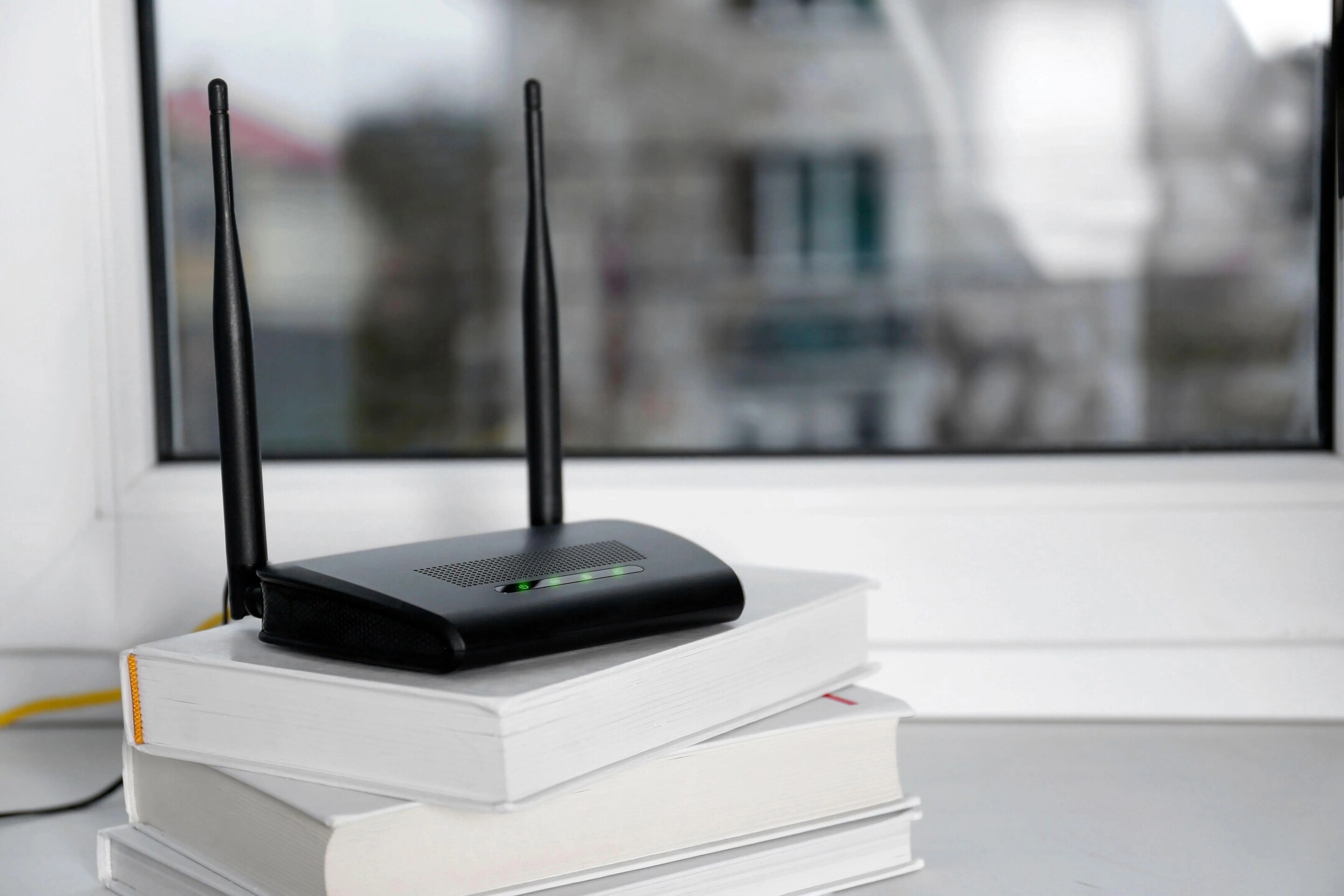

Smart Home Devices
How To Move Your Wi-Fi Router
Modified: February 18, 2024
Learn how to optimize your smart home devices' performance by strategically relocating your Wi-Fi router. Enhance connectivity and streamline your smart home experience.
(Many of the links in this article redirect to a specific reviewed product. Your purchase of these products through affiliate links helps to generate commission for Storables.com, at no extra cost. Learn more)
**
Introduction
**
Welcome to the world of smart home devices! As technology continues to advance, more and more households are embracing the convenience and efficiency offered by these innovative gadgets. From smart thermostats and security cameras to voice-activated assistants and connected appliances, the possibilities for enhancing your living space are virtually endless.
One crucial component that powers these smart devices is a strong and reliable Wi-Fi connection. Your Wi-Fi router serves as the gateway for all your smart home devices to communicate with each other and with the outside world. However, finding the optimal placement for your router can be a game-changer in terms of signal strength and overall performance.
In this guide, we will explore the essential steps for moving your Wi-Fi router to a new location within your home. By the end of this article, you will have the knowledge and confidence to optimize your Wi-Fi setup, ensuring seamless connectivity for all your smart home devices.
Let's dive into the process of assessing your current setup and identifying the best location for your Wi-Fi router. Whether you're streaming high-definition content, controlling smart lighting, or monitoring your home security system, a strong and stable Wi-Fi connection is the key to unlocking the full potential of your smart home ecosystem.
**
Key Takeaways:
- Find the best spot for your Wi-Fi router by considering central placement, elevation, and avoiding interference. This will help ensure strong and reliable Wi-Fi for all your smart home devices.
- After moving your Wi-Fi router, test the signal strength, device connectivity, and internet speed to make sure everything works well. Regular maintenance is also important for a strong and secure Wi-Fi network.
Read more: How To Reboot Your Wi-Fi Router
Assessing Your Current Setup
**
Before embarking on the journey of relocating your Wi-Fi router, it’s important to assess your current setup to understand the factors that may be impacting your Wi-Fi signal strength and overall performance. By taking stock of the existing conditions, you can make informed decisions about the ideal placement for your router in its new location.
- Surveying Signal Strength: Begin by evaluating the current signal strength and coverage throughout your home. This can be done using a Wi-Fi analyzer app on your smartphone or a dedicated Wi-Fi signal strength monitoring tool. Walk around your home and note areas with weak or spotty Wi-Fi coverage, as well as locations where the signal appears to be strong and consistent.
- Identifying Interference: Keep an eye out for potential sources of interference that could be disrupting your Wi-Fi signal. Common culprits include large appliances, metal objects, thick walls, and other electronic devices operating on the same frequency. Take note of these interference sources, as they will inform your decision when selecting a new location for your router.
- Assessing Router Positioning: Take a close look at the current placement of your router. Is it tucked away in a corner, surrounded by obstructions, or positioned in a central and open area? Assessing the router’s current positioning will help you understand how its location may be impacting signal propagation and coverage.
- Considering Ethernet Connections: If your router is currently connected to a modem via an Ethernet cable, consider the flexibility of relocating the router while ensuring that it remains within reach of the modem’s Ethernet port. This will help maintain a stable and high-speed connection between the router and the modem.
By thoroughly assessing your current Wi-Fi setup, you’ll gain valuable insights into the strengths and weaknesses of your existing configuration. This information will guide you in identifying the optimal location for your Wi-Fi router in its new home, setting the stage for improved signal quality and enhanced connectivity throughout your smart home.
**
Finding the Best Location
**
Now that you’ve evaluated your current Wi-Fi setup, it’s time to embark on the quest for the best possible location to relocate your Wi-Fi router. By strategically positioning the router in a new spot, you can maximize signal coverage and minimize interference, setting the stage for a robust and reliable Wi-Fi network for your smart home devices.
- Centralized Placement: Aim to position the router as centrally as possible within your home. This can help distribute the Wi-Fi signal more evenly throughout the living space, reducing the likelihood of signal degradation in distant rooms or areas.
- Elevation and Open Space: Consider elevating the router by placing it on a high shelf or mounting it on a wall. This can enhance signal propagation and minimize obstructions that may hinder the Wi-Fi signal. Additionally, opt for a location with minimal physical obstructions, such as walls and furniture, to allow the signal to travel more freely.
- Avoiding Interference: Steer clear of potential sources of interference, such as large appliances, metal objects, and other electronic devices. By choosing a location away from these interference sources, you can mitigate signal disruptions and optimize the overall performance of your Wi-Fi network.
- Accounting for Range: Keep in mind the range of your router and the areas you intend to cover with a strong Wi-Fi signal. If you have specific areas of the house where reliable connectivity is essential, prioritize a location that can effectively reach these target areas.
- Considering Accessibility: While seeking an optimal location, ensure that the chosen spot allows for easy access to the router for maintenance, troubleshooting, and any future adjustments. Accessibility can save time and effort when managing your Wi-Fi network.
By carefully considering these factors and exploring potential locations within your home, you can pinpoint the best spot to relocate your Wi-Fi router. This strategic placement will lay the foundation for a robust and high-performing Wi-Fi network, empowering your smart home devices to operate seamlessly and reliably.
**
When moving your Wi-Fi router, place it in a central location to ensure better coverage throughout your home. Avoid placing it near large metal objects or appliances that could interfere with the signal.
Setting Up Your New Location
**
With the ideal location for your Wi-Fi router identified, it’s time to execute the relocation and set up the router in its new home. This process involves physically moving the router to the chosen spot and making necessary adjustments to optimize its performance in the new environment.
- Powering Down and Disconnecting: Begin by powering down the router and disconnecting it from the power source. If your router is connected to a modem via an Ethernet cable, carefully disconnect the cable from both devices.
- Relocating the Router: Move the router to its new location, taking care to place it in the optimal spot based on the considerations outlined earlier. Ensure that the router is positioned securely and that all antennas, if applicable, are oriented for optimal signal coverage.
- Reconnecting and Powering Up: If your router was connected to a modem via an Ethernet cable, reestablish the connection by plugging the Ethernet cable into the respective ports on both devices. Once the physical connections are in place, power up the router and allow it to initialize. Be sure to follow any specific startup procedures recommended by the router’s manufacturer.
- Configuring Settings: Access the router’s settings interface, typically done through a web browser, and review and adjust the configuration as needed. This may involve updating the Wi-Fi network name and password, selecting an appropriate Wi-Fi channel, and adjusting other settings to optimize performance in the new location.
- Testing Connectivity: Once the router is powered up and configured, test the Wi-Fi connectivity throughout your home. Use a Wi-Fi-enabled device to check signal strength and reliability in different areas, ensuring that the new location provides improved coverage and performance.
By following these steps, you can seamlessly transition your Wi-Fi router to its new location and optimize its setup for enhanced performance. The careful execution of this process will pave the way for a robust and reliable Wi-Fi network, providing the backbone for seamless connectivity and operation of your smart home devices.
**
Testing Your Connection
**
After relocating your Wi-Fi router and completing the setup in its new location, it’s essential to conduct thorough testing to ensure that the connection is strong, reliable, and capable of meeting the demands of your smart home ecosystem. By assessing the performance of your Wi-Fi network, you can address any potential issues and fine-tune the setup for optimal functionality.
- Signal Strength Assessment: Utilize a Wi-Fi signal strength monitoring tool or the Wi-Fi analyzer feature on your smartphone to gauge the signal strength in various areas of your home. Pay close attention to previously problematic spots to determine if the relocation has improved the Wi-Fi coverage in those areas.
- Device Connectivity: Verify that all your smart home devices, including cameras, smart speakers, thermostats, and other connected gadgets, are seamlessly connecting to the Wi-Fi network in the new location. Check for any connectivity issues and troubleshoot as needed to ensure smooth operation.
- Bandwidth and Speed Testing: Perform speed tests using online tools or dedicated apps to measure the bandwidth and internet speed provided by your Wi-Fi network. Compare the results with your previous location to assess any improvements or potential areas for optimization.
- Stability and Reliability: Over a period of time, observe the stability and reliability of the Wi-Fi connection. Monitor for any fluctuations in signal strength, unexpected disconnections, or latency issues that may impact the performance of your smart home devices.
- Feedback from Users: If other members of your household utilize the Wi-Fi network for various activities, gather feedback from them regarding the performance in the new location. Their insights can provide valuable perspectives on the overall usability and reliability of the Wi-Fi connection.
By thoroughly testing your Wi-Fi connection in its new location, you can gain insights into the effectiveness of the relocation and make any necessary adjustments to optimize the setup. A robust and dependable Wi-Fi network is essential for supporting the seamless operation of your smart home devices, ensuring that they function reliably and efficiently in their connected environment.
**
Read more: What Is The Wi-Fi Router
Conclusion
**
Congratulations on successfully navigating the process of relocating your Wi-Fi router to a new and optimal location within your home. By carefully assessing your current setup, identifying the best location, and executing the relocation and setup process, you’ve taken significant strides toward optimizing your Wi-Fi network for the demands of your smart home ecosystem.
As the backbone of connectivity for your smart home devices, a well-positioned and well-configured Wi-Fi router can significantly enhance the performance and reliability of your entire network. By strategically placing the router in a centralized, interference-free location, you’ve laid the groundwork for seamless communication between your smart devices and the internet, empowering them to function at their best.
It’s important to periodically revisit and reassess your Wi-Fi setup, especially after major changes such as relocation. By conducting regular signal strength assessments, connectivity tests, and performance evaluations, you can ensure that your Wi-Fi network continues to meet the evolving demands of your smart home environment.
Remember that the optimal placement of your Wi-Fi router is just one piece of the puzzle. Regular maintenance, firmware updates, and security enhancements are equally crucial for maintaining a robust and secure Wi-Fi network for your smart home devices.
With a well-placed and well-maintained Wi-Fi router, you can unlock the full potential of your smart home, enjoying seamless connectivity, enhanced automation, and the convenience of a truly interconnected living space. Embrace the possibilities that a strong and reliable Wi-Fi network brings, and continue to explore the ever-expanding world of smart home technology with confidence.
Thank you for embarking on this journey to optimize your Wi-Fi setup for your smart home. Here’s to a future filled with seamless connectivity, enhanced efficiency, and the boundless potential of your interconnected living space.
Frequently Asked Questions about How To Move Your Wi-Fi Router
Was this page helpful?
At Storables.com, we guarantee accurate and reliable information. Our content, validated by Expert Board Contributors, is crafted following stringent Editorial Policies. We're committed to providing you with well-researched, expert-backed insights for all your informational needs.
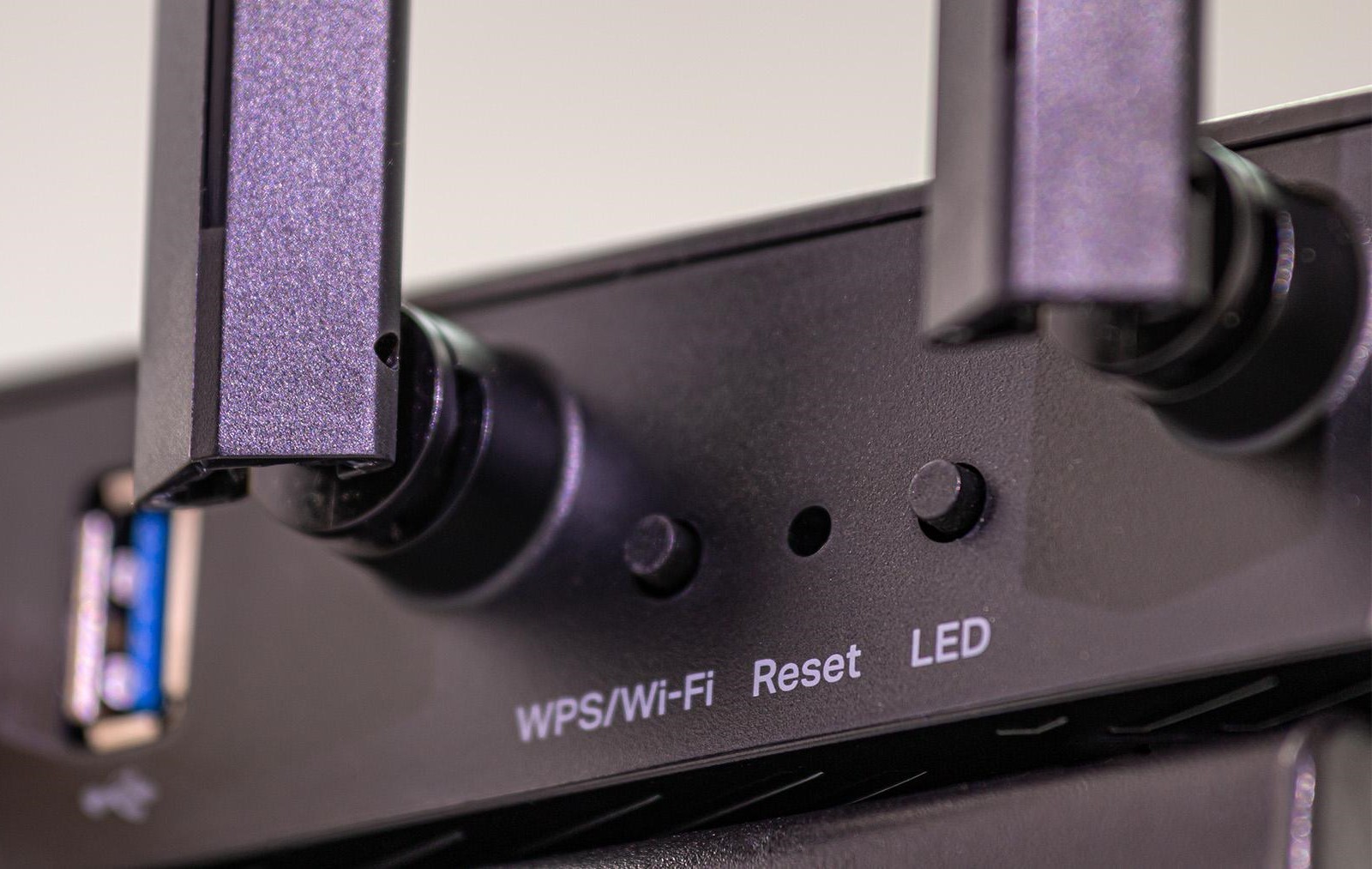
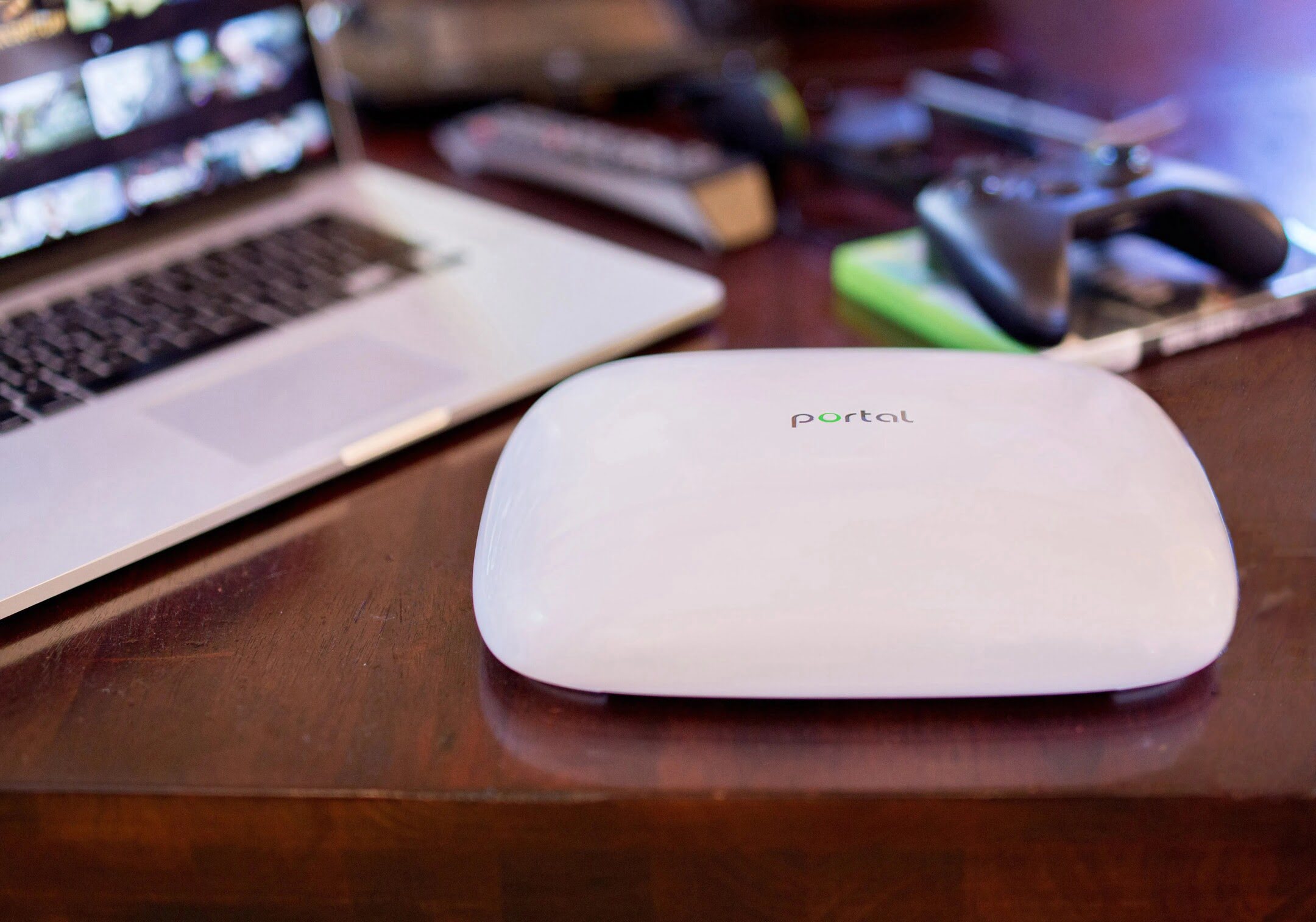
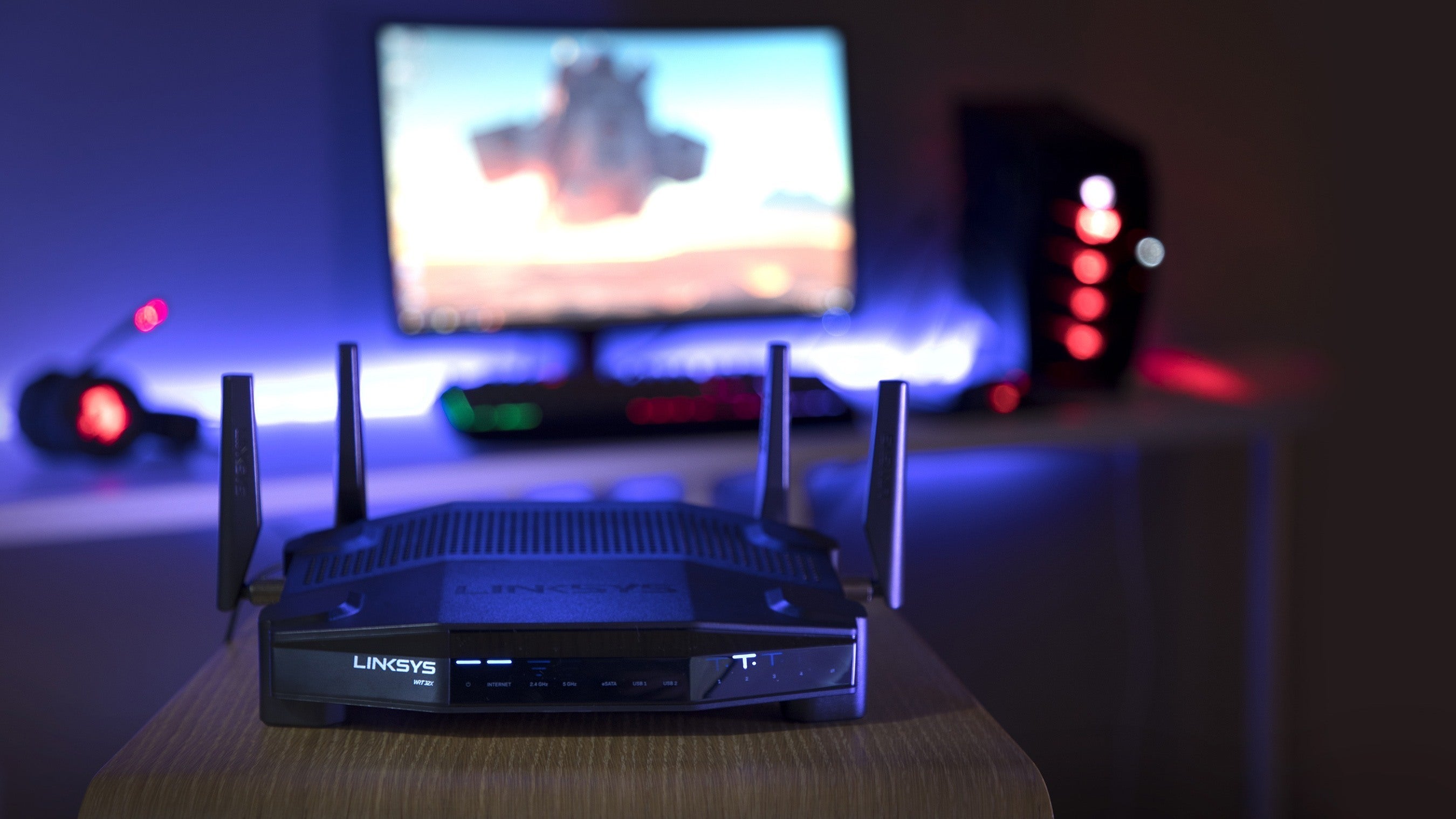
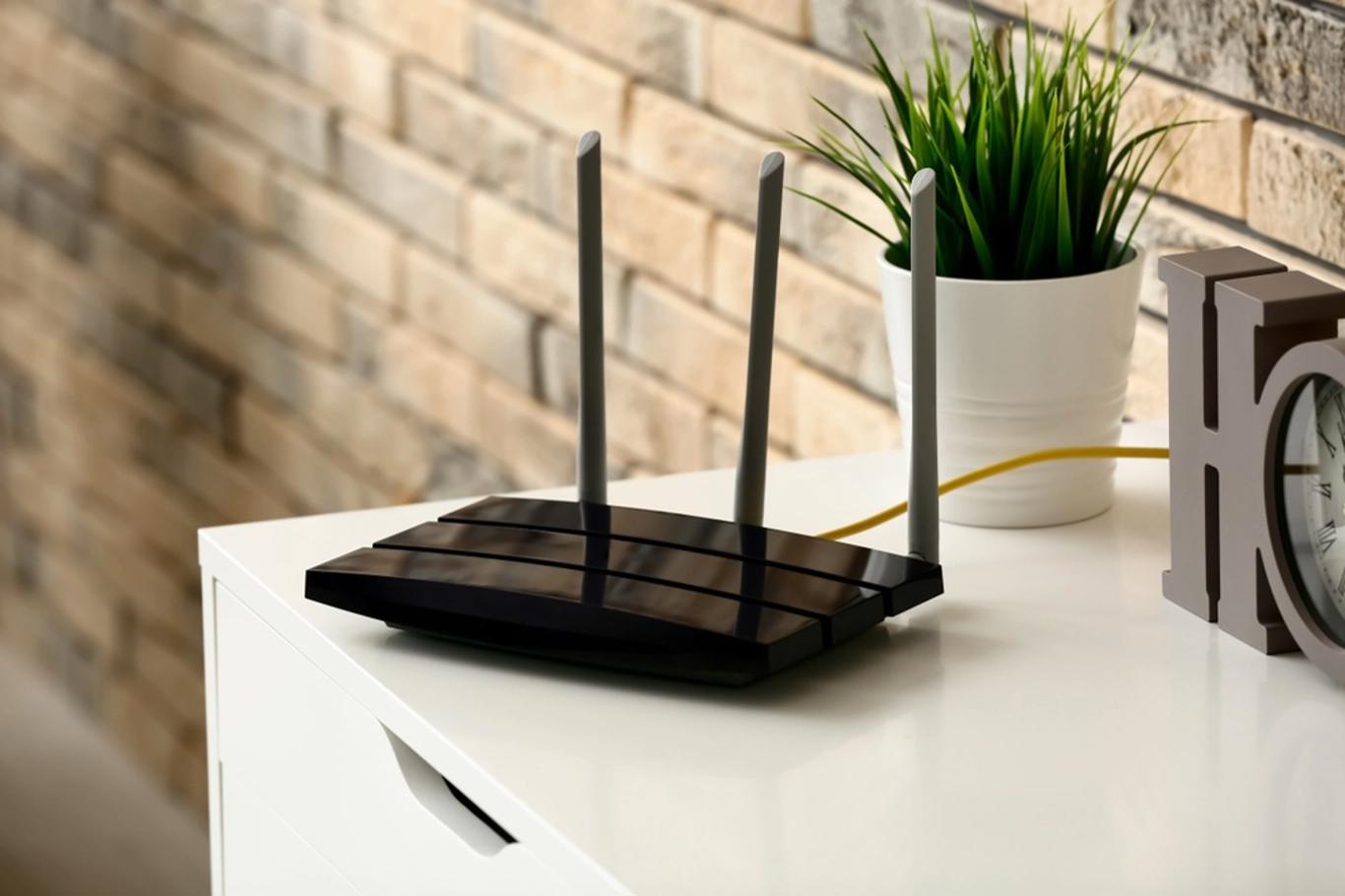
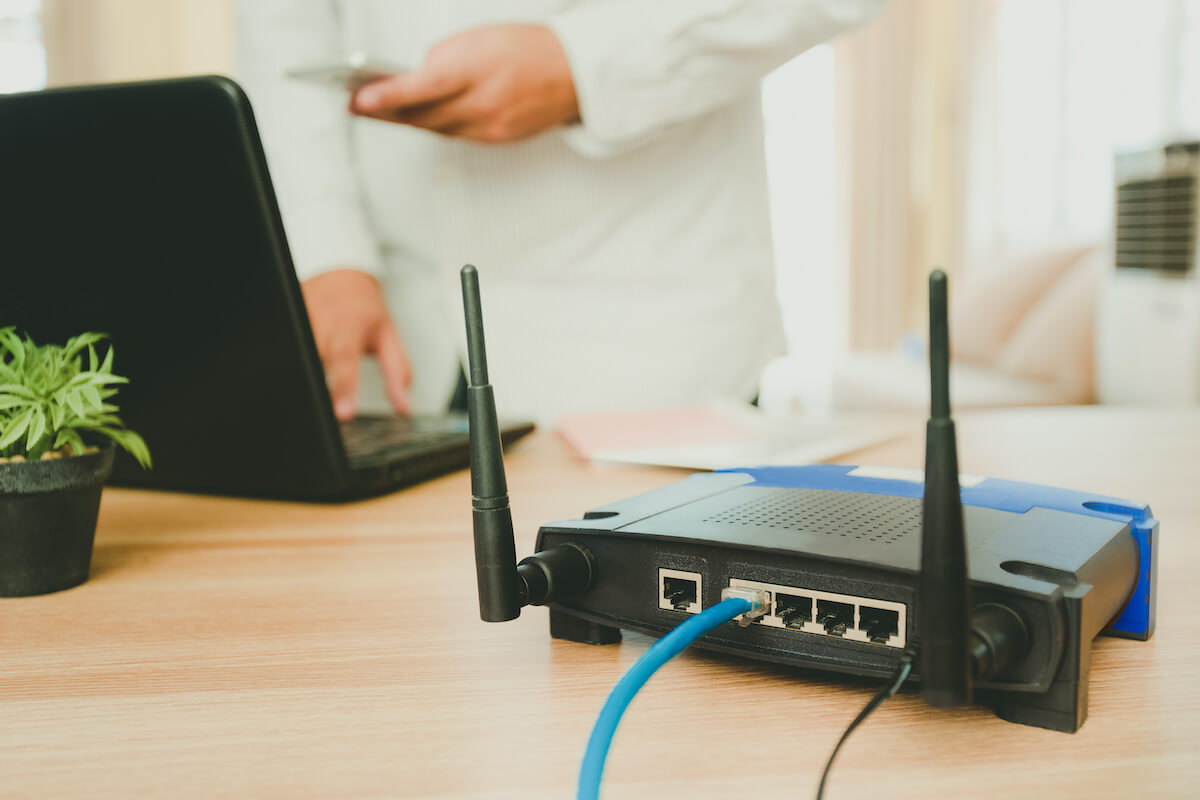
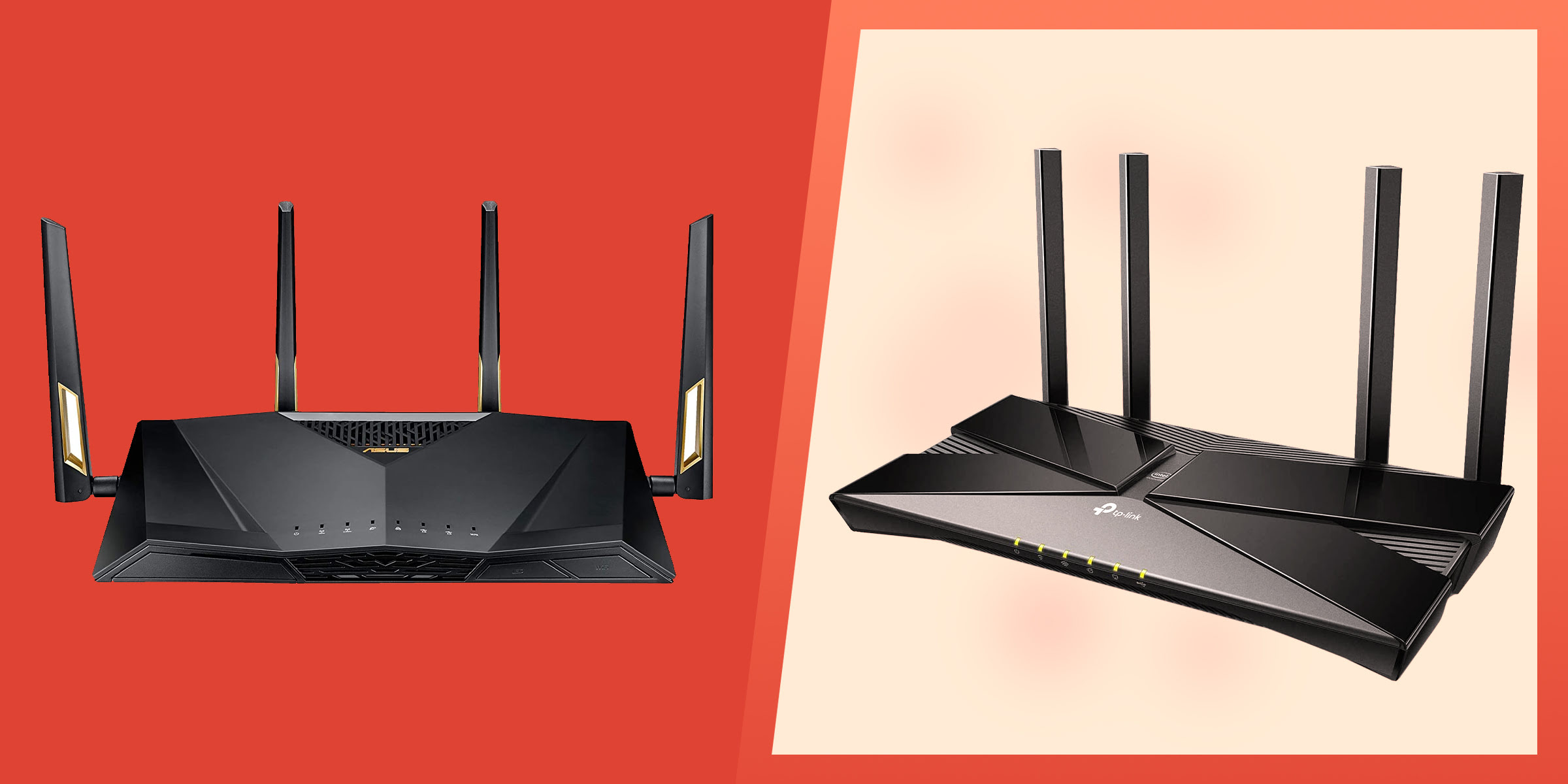

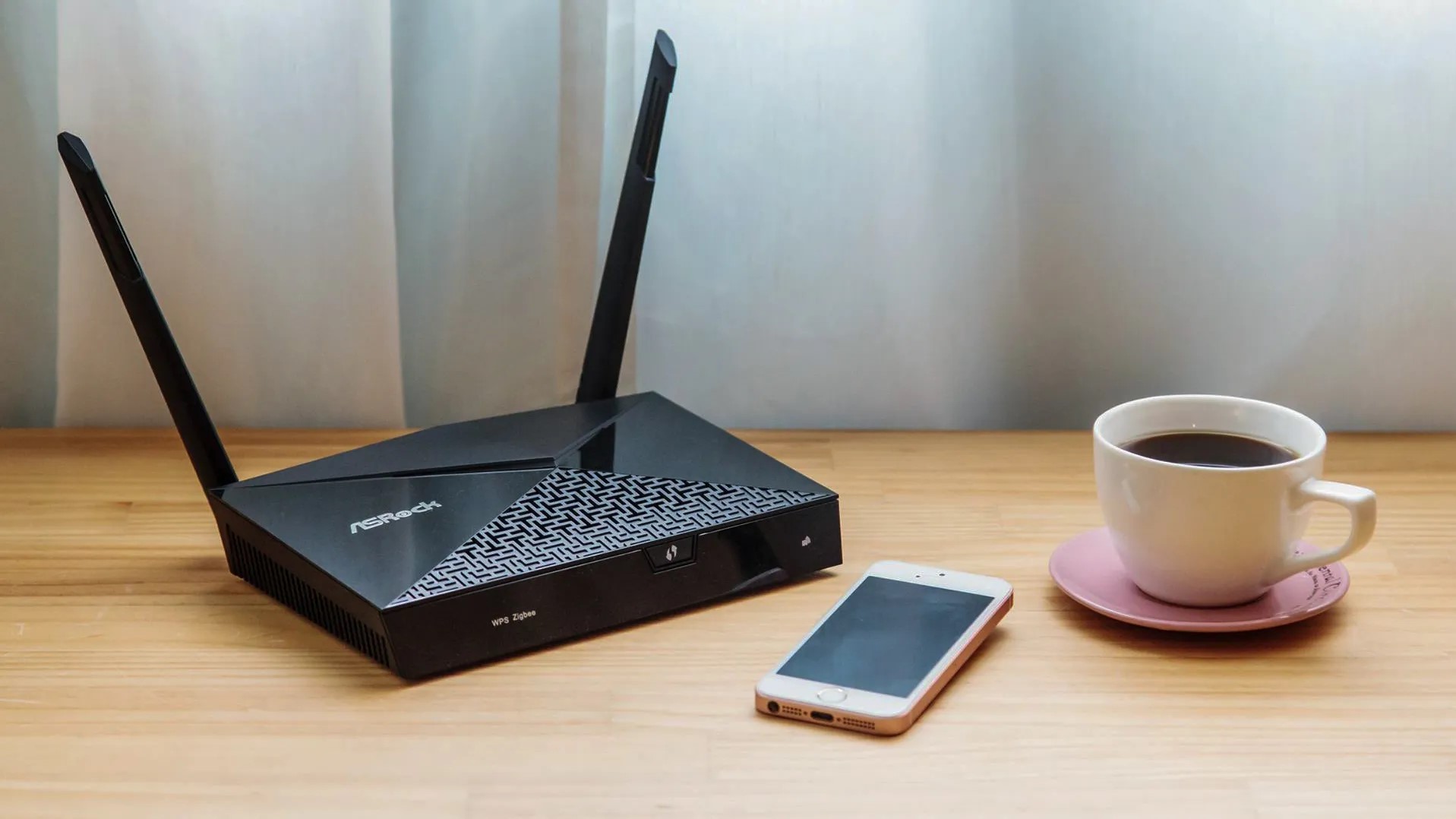
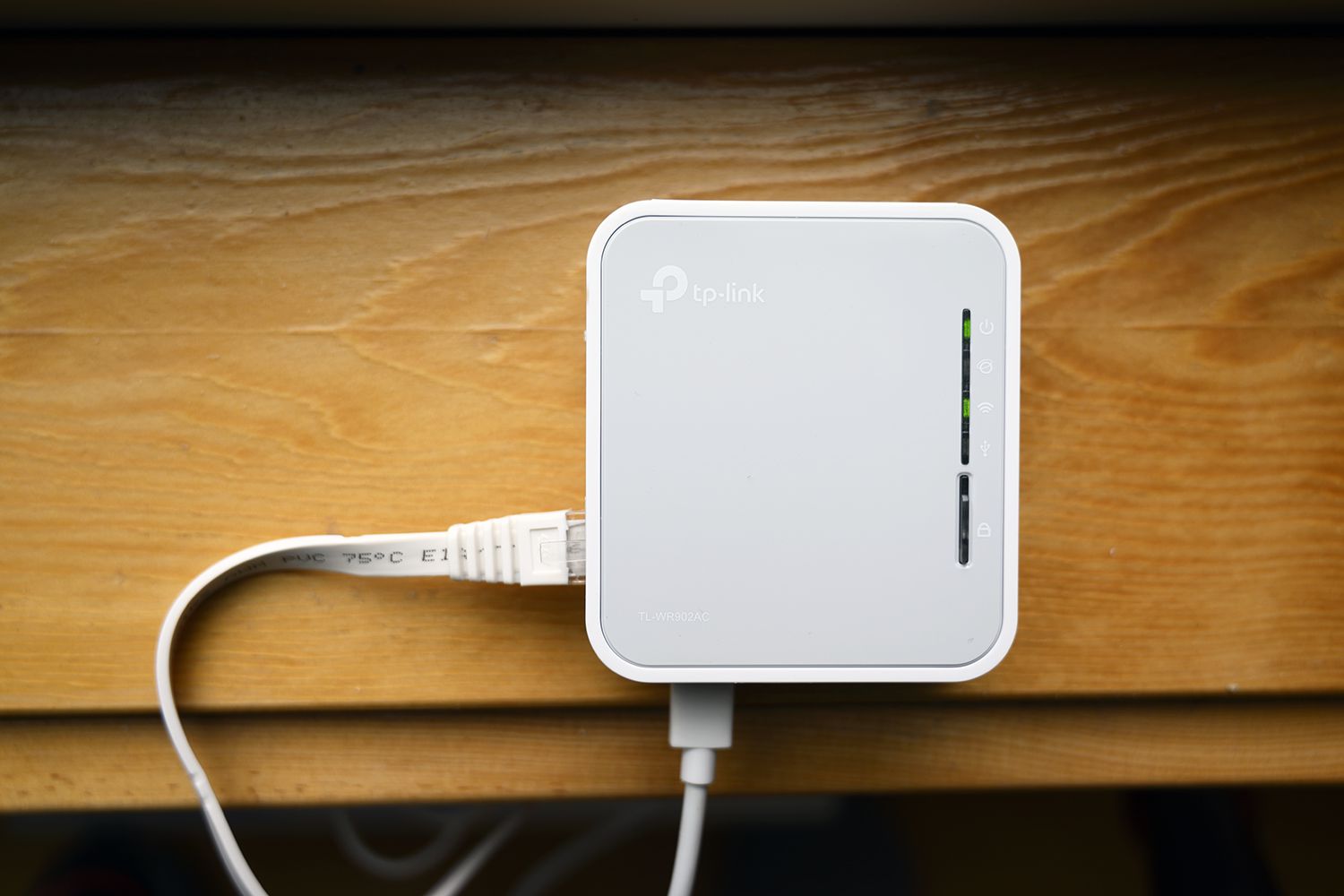
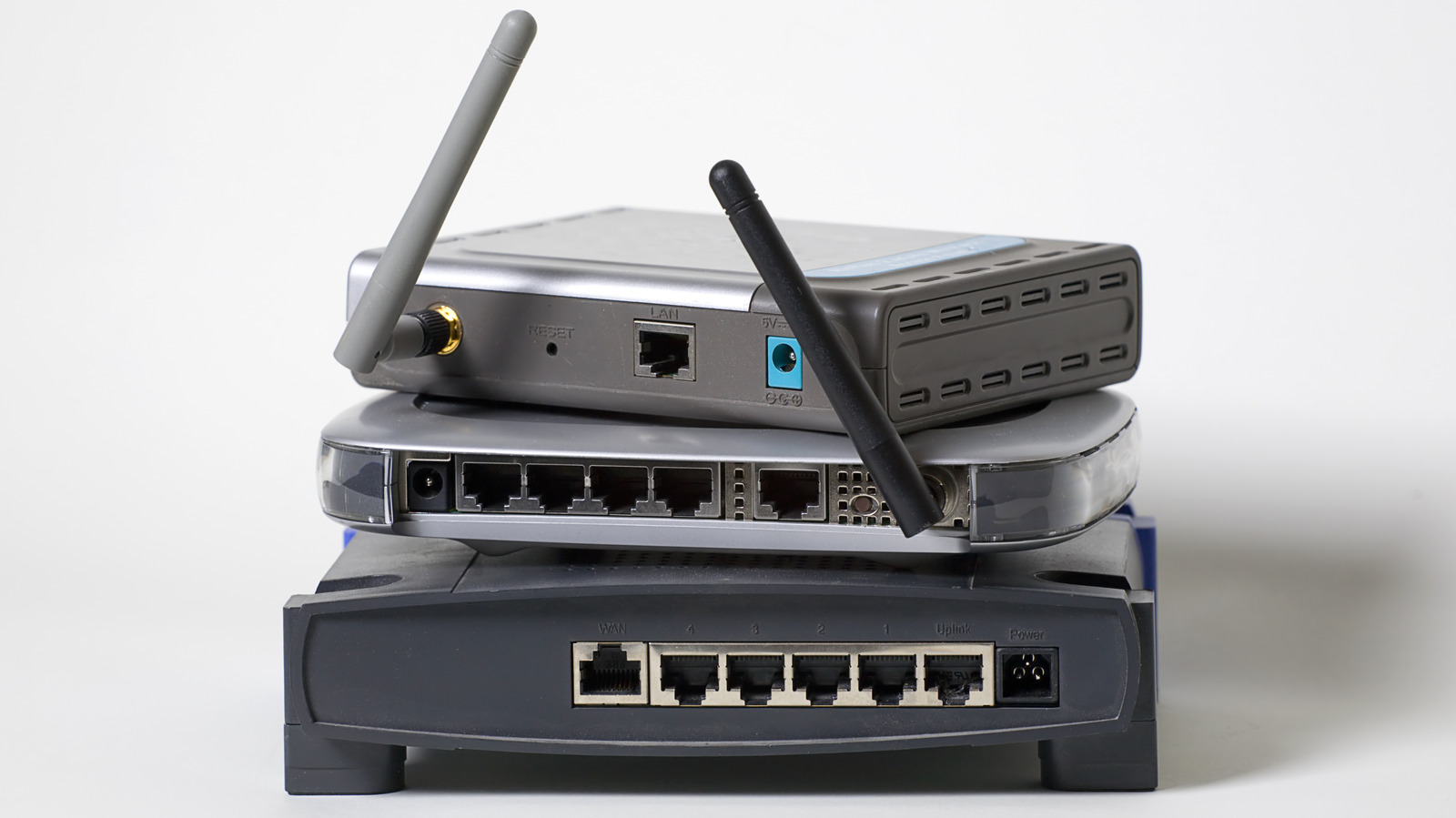
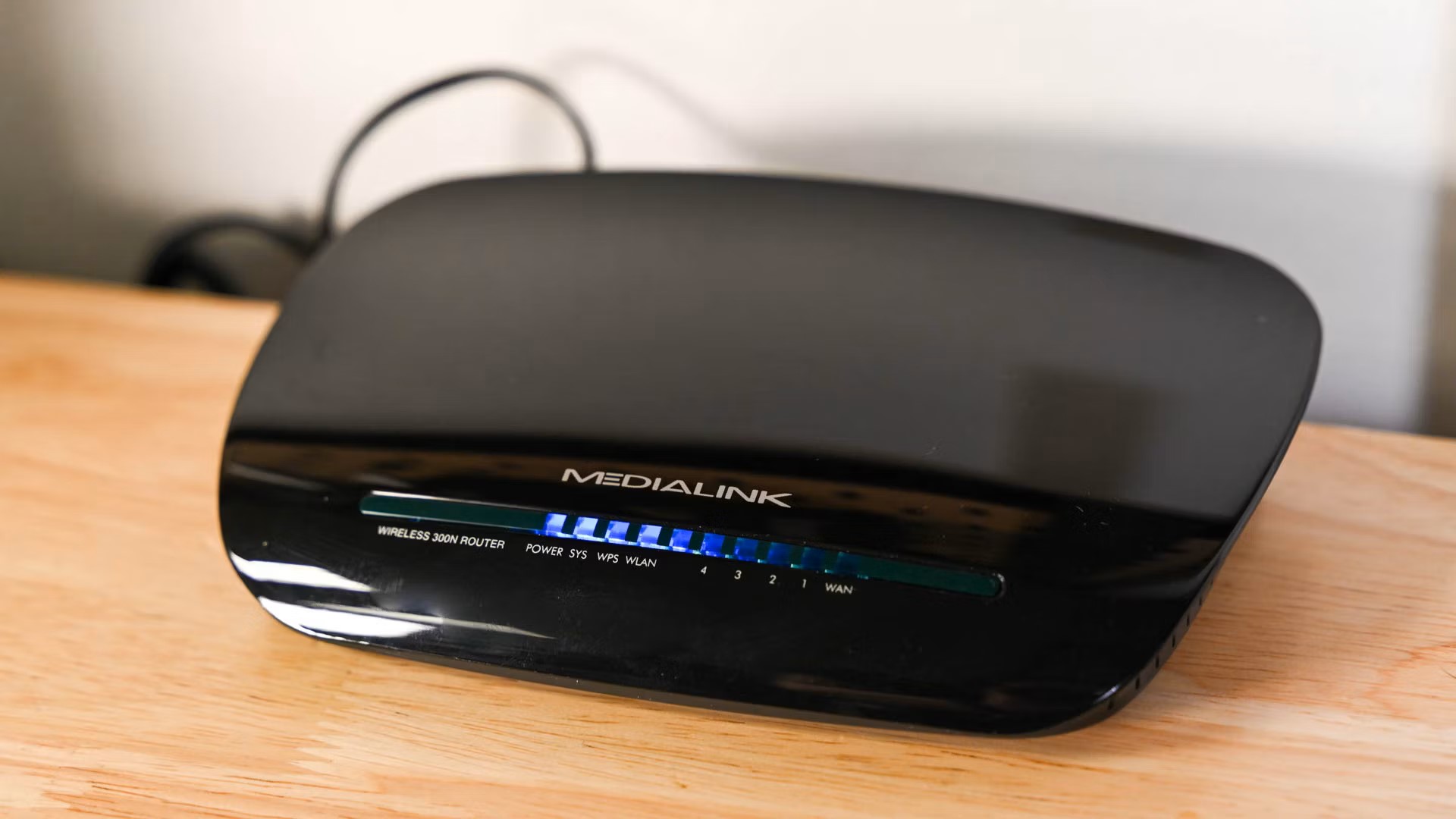
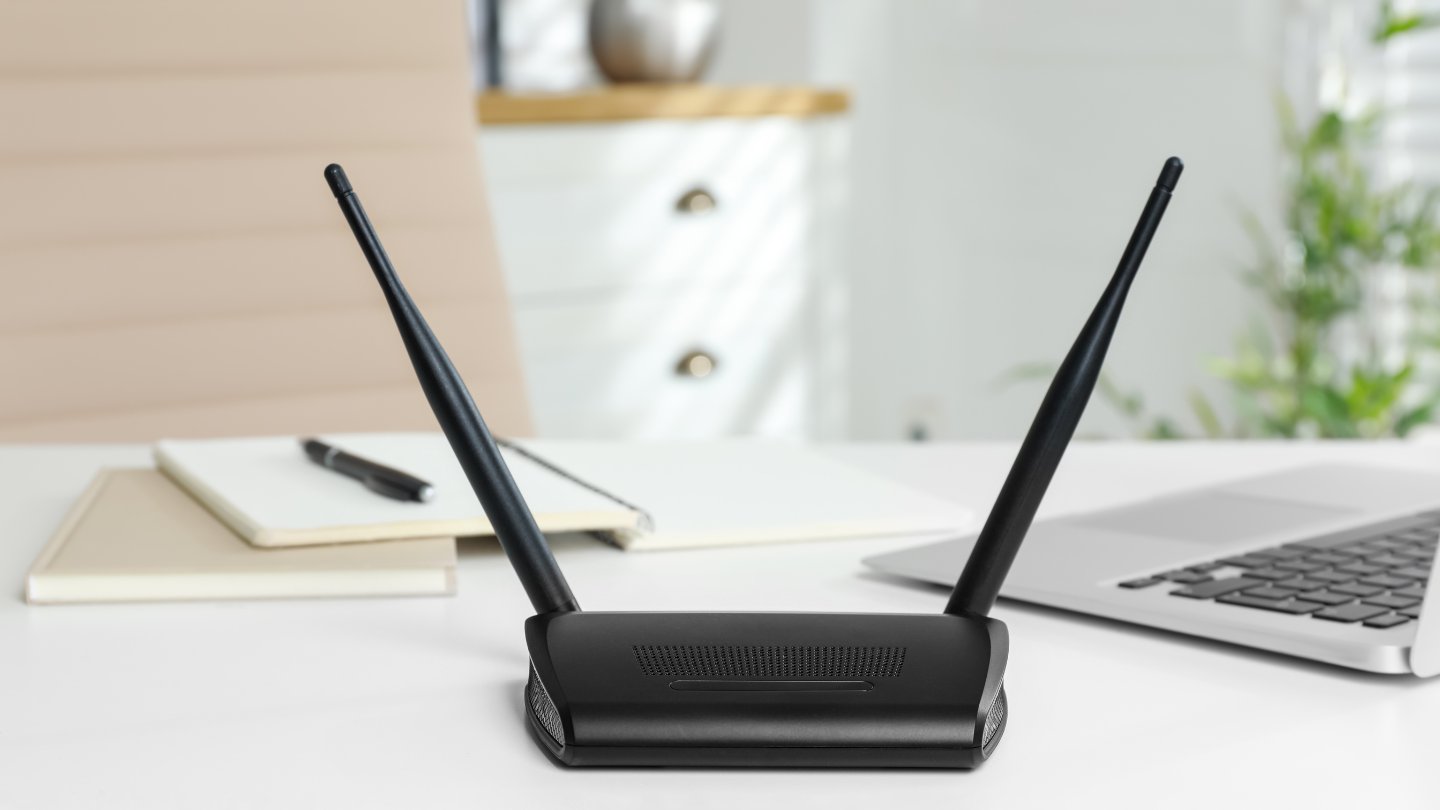
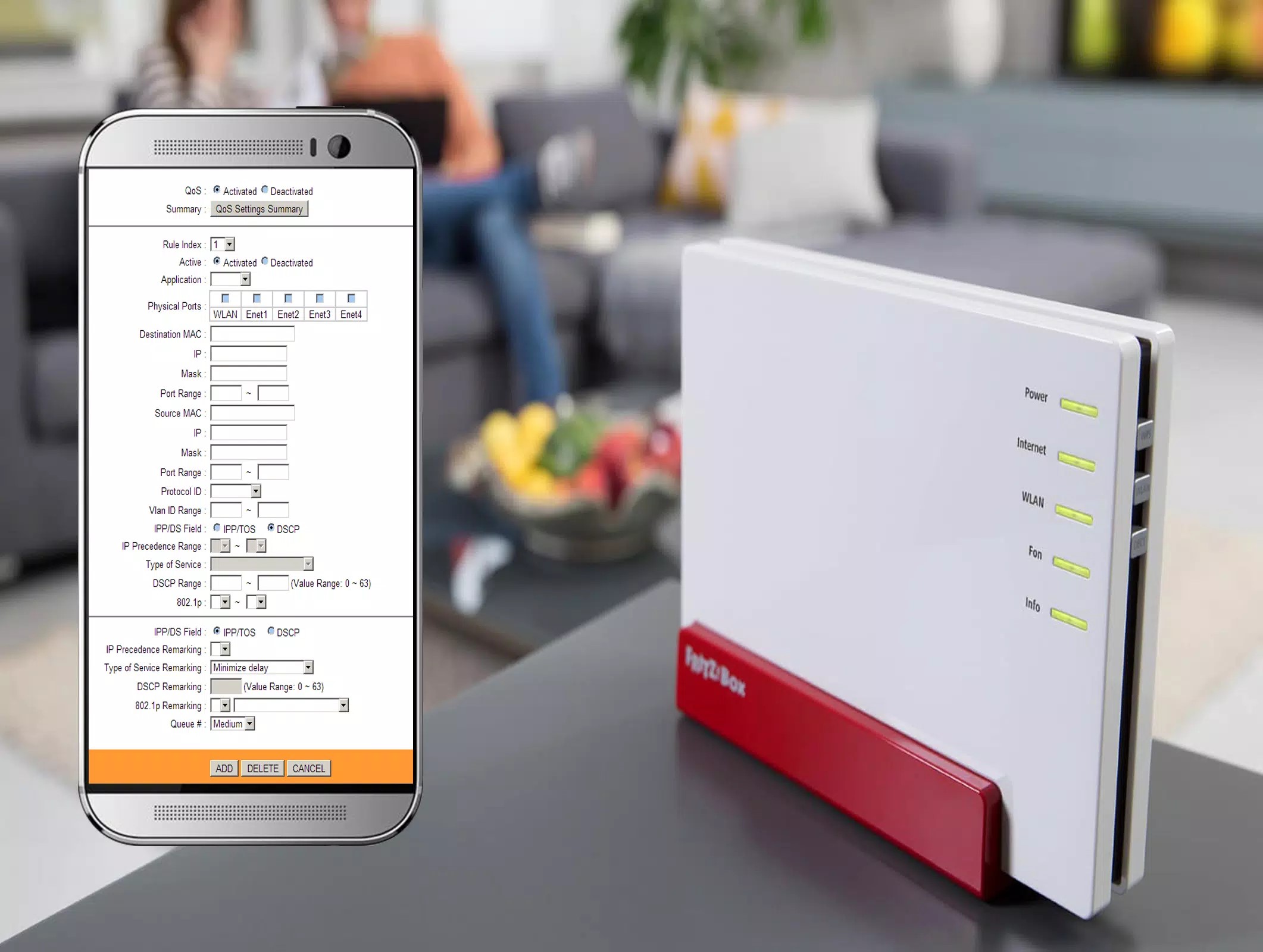
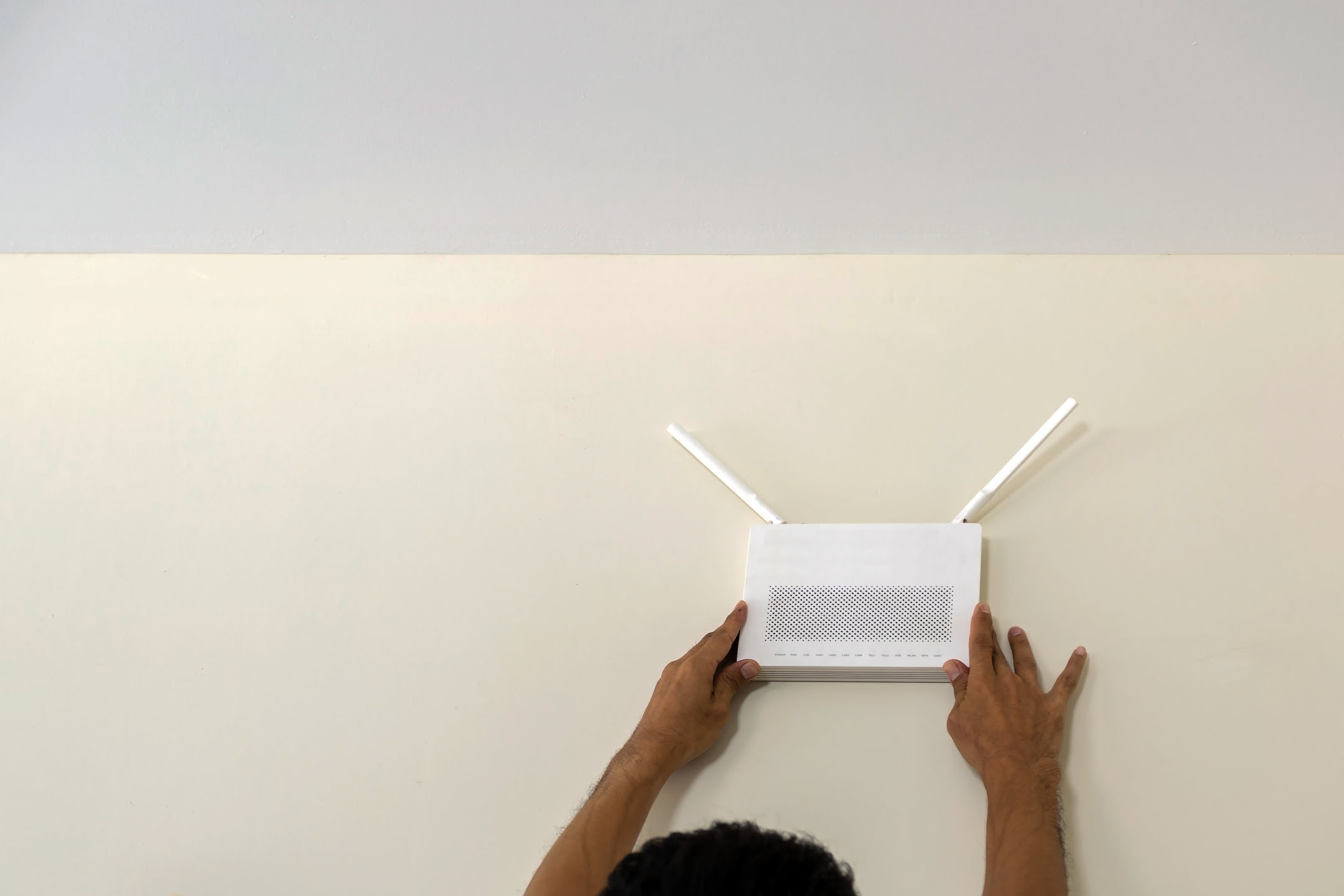

0 thoughts on “How To Move Your Wi-Fi Router”